Chapter One: Production – Business Studies Form Two
Introduction
Human beings have a wide range of needs and wants to be met through producing goods and services. Imagine being part of this process of creating something valuable that fulfils people’s needs and wants. In this chapter, you will learn about the concept and factors of production. The competences developed will enable you to create goods and services that satisfy human needs and wants and make a difference.
I think
A world without the production of goods and services.
Activity 1
Read the scenario below and answer the questions that follow.
Janerosa recently completed Form Four from one of the vocational schools in Tanga region, which specialises in food and nutrition. After completing her final exams, she returned home and began helping her parents with small household tasks. Each morning, she would buy a cake as a snack for tea, but she found the cake unsatisfactory due to its small size and low quality. This led her to start making her snacks to meet her needs better.
As she began producing snacks for herself, she got an idea: ‘Why not make more snacks to sell to others and earn income while waiting for the Form Four National Examination results?’ She turned her idea into a reality. She used the skills acquired from school to bake delicious and healthy snacks by mixing the right ingredients. As she continued making snacks, more customers were attracted to her snacks, and eventually, she became a sole proprietor.
Questions:
- What motivated Janerosa to start making her snacks?
- What is the activity that Janerosa was doing?
- How did Janerosa’s decision to make snacks turn into a business?
- What do you think made Janerosa’s snacks attractive to customers?
- In your own words, explain what a “product” is, using Janerosa’s snacks as an example.
- If you were in Janerosa’s position, what other products might you consider creating based on your skills or interests?
The concept of production
The process of cooking snacks, as shown in Activity 1.1, is called production. Production is a process of extracting and transforming inputs into outputs. This involves turning raw materials into finished products, like making clothes from cotton or bread from wheat flour. To produce these things, one requires factors of production such as land, labour, capital, and entrepreneurship with a notion of environmental sustainability in mind.
For businesses, including small businesses, it is important to know that taking care of the environment can be easy and good for businesses. Using less, reusing what you can, and saving energy can lower costs and help keep the planet clean. This way, a business can grow while also doing good for the environment, which customers will appreciate. For example, a packaging small business in Tanzania can start using locally sourced materials like sisal or banana leaves, which are biodegradable and more environmentally friendly. Figure 1.2 shows an example of a production activity of making bricks.
Raw materials and capital → Raw materials mixing → Bricks making → Bricks drying → Bricks distribution
Activity 2
Visit a nearby workshop, mill, or small-scale production site in your locality. Pay attention to how products are made, from the materials they start with (inputs) to the finished products (outputs).
(a) Take note of the tools or machines they use and how people work together to make the process smooth.
(b) Observe if the production activities ensure the protection of the environment.
(c) Write a report to explain:
(i) The type of production process used (for example, manual or mechanical).
(ii) The role of technology in the process.
(iii) Suggestions on how the process could be improved.
Types of production
There are two types of production: direct and indirect production. These types are explained as follows:
Direct production:
Direct production refers to creating goods and services for personal consumption. Under this type of production, individuals produce goods and services for consumption. For example, a farmer can grow vegetables, or a carpenter can make a bed for personal use.
Indirect production:
Indirect production refers to producing goods and services for selling. For example, a tailor designs clothes, or a chef cooks meals for sale to earn money.
Note that: A person can create goods and services for personal consumption and selling purposes, similar to Janerosa’s scenario.
Exercise 1
- Recall Janerosa’s scenario in Activity 1.1 and identify the type of production she was doing. Provide reasons for the answer.
- Juma is a farmer who grows and sells vegetables to various community members. As an expert in production, briefly explain the type of production Juma conducts and provide reasons for the answer.
- Assume you are invited to discuss production with your community as a guest speaker. Provide a summary of what you will talk about.
Importance of production
Production is the foundation of any economy. It goes beyond creating goods and services; it includes effectively meeting peoples’ needs and wants. The following are the importance of production:
Creation of goods and services to satisfy human needs and wants:
Production removes the distance gaps between producers and consumers by creating goods and services and ensuring they reach the final consumers.
Job creation:
The production of goods and services in various sectors demands a workforce, which leads to job creation. For example, producing maize flour will create jobs for farmers, machinery operators, food processors, warehouse workers, transporters, and traders.
Improves the living standard:
The production of essential goods and services such as clothes, housing, healthcare, and food directly improves people’s standard of living. For example, producing affordable housing can reduce people’s cost of living.
Increases government revenue:
Businesses involved in various production activities pay taxes to the government. The tax revenue funds public services such as healthcare, education, and infrastructure development in the community.
Boost economic development:
Job creation and increased tax revenues boost the country’s economy. When more people have jobs, they earn income, which they spend on goods and services, driving demand and supporting businesses. As businesses grow, they pay more taxes, as do the individuals. These tax revenues fund public services like education, healthcare, and infrastructure, further stimulating economic growth.
Activity 3
Walk around your community and look for businesses or individuals engaged in production activities or search from online sources for information about production activities, then:
(a) Identify at least four production activities taking place in your community;
(b) Describe the importance of each production activity; and
(c) Create a summary from your observations.
Factors of production
Resources or inputs used to produce goods and services are known as factors of production. Specifically, for production to occur, inputs or resources (land, labour, capital and entrepreneurship) should be available. Among these, land, labour, and capital are the fundamental factors of production since no production can occur if any of these is missing. On the other hand, entrepreneurship organises all other factors of production. These types of factors of production are explained as follows:
I. Land
Land refers to all natural resources made available to humankind by nature. It includes many things underneath, on, and above the ground. Examples of resources obtained on land include water, soil, minerals, and trees. Land is considered a fundamental factor of production because all production activities, such as transportation, trade, and manufacturing, take place on it.
It is important to note that land is usually referred to as a gift of nature, which means created by God, but in practice, it is not necessarily free. A payment must be made for land use or to access it for production activities. The payment for land is known as rent. Figure 1.3 shows land uses in farming and carpentry production activities.
Farming activity | Carpentry activity
Features of land
Land as a factor of production includes the following features:
- It is a fundamental factor of production because all production activities take place on it;
- It is a gift of nature since no human can create it;
- It is fixed in supply, meaning that the total amount of land available for use cannot be increased or decreased;
- It lacks mobility, which means it cannot be transferred from one location to another;
- It appreciates, which means it increases in value as the days go on;
- Its productivity can be affected by the improper usage of land, such as overgrazing and poor mining practices, and
- It is heterogeneous, meaning different plots of land vary in fertility.
II. Labour
Labour refers to any mental or physical effort a human use in production. Any economic activity requires human efforts to produce goods and services that satisfy human needs and wants. The reward for labour is a wage or salary.
Types of labour
Labour can be categorised into three types: skilled, semi-skilled and unskilled. These types of labour are explained as follows:
i. Skilled labour: Skilled labour includes all workers who use more mental than physical efforts in production. They are educated, trained, and experienced in performing their tasks. Examples of skilled labour are accountants, lawyers, doctors, teachers and pilots.
ii. Semi-skilled labour: Semi-skilled labour includes all workers who use mental and physical efforts to perform their tasks during production. Under this category, less advanced education or specialised skills are required. Examples of semi-skilled labour are hotel attendants, bus drivers, saloon attendants, machine operators, automotive technicians, and food service workers.
iii. Unskilled labour: Unskilled labour includes all workers who use more physical than mental effort to perform their tasks during production. This type of labour allows workers to perform tasks with no formal training. Examples of unskilled labour are janitors and cleaners, farmworkers, dishwashers, kitchen helpers, and human porters.
Features of labour
The labour as a factor of production includes the following features:
- The labour cannot be separated from the labourer;
- Labour can be technologically integrated, for example, Artificial Intelligence, Robots and Automated Teller Machines;
- Labour cannot be stored for future use;
- Labour is the most mobile factor; and
- The skills required for labour can vary; thus, labour can be skilled, semi-skilled, or unskilled.
III. Capital
Capital refers to all man-made resources used to produce goods and services. This includes buildings, working tools, machines, and cash in hand or at banks. Businesses use capital to pay workers and buy modern technology, thus improving workers’ efficiency. The reward for capital is interest.
Features of capital
Capital as a factor of production includes the following features:
- It is artificial; this means it does not occur naturally but is generated.
- It can be created through personal savings, funds from family and friends, loans or deferred payment;
- It can be highly liquid, meaning it can be easily converted into cash or other forms of capital such as stocks, bonds and other forms of securities;
- It can depreciate, meaning its value can decrease; and
- It consists of wealth (assets).
Entrepreneurship
Entrepreneurship is the process of identifying a business opportunity and organising other factors of production to produce a product or offer a service to the customer. Entrepreneurship combines, organises, and controls the other three factors of production (land, labour, and capital). The person who organises other factors of production is called an entrepreneur. The reward for entrepreneurship is profit.
Features of entrepreneurship
Entrepreneurship as a factor of production includes the following features: ability to:
- Plan, organise, manage and allocate other factors of production;
- Define business objectives clearly;
- Bear risks and uncertainties for the success of the business; and
- Innovate and adopt modern production techniques.
To produce goods and services, one needs to use the four factors of production: land, labour, capital, and entrepreneurship. These factors help create products people need to satisfy their demands. By understanding how these factors work together, one can start their own business by creating goods and services.
Activity 4
Use reliable sources, including online ones, to identify small business owners in your locality. Visit at least two of them and inquire about what they make and how they make it. Compare their responses with the factors of production you have learned.
Exercise 2
- Ms Makuna works at Kilimanjaro National Park as a porter carrying tourists’ items. In which type of labour does Ms Makuna fall and why?
- Use everyday examples to explain the different types of production to your classmates.
- Mr Joram wants to start a small furniture business but is unsure what he needs to succeed. Help him understand the fundamental factors of production necessary to start producing furniture and explain how each factor contributes to his business.
Skills lab activity
As a member of the school business club,
(a) Critically evaluate how effectively land, labour, capital, and entrepreneurship are utilised within the club.
(b) What specific recommendations would you make to enhance the use of these resources and improve productivity, sustainability, and environmental responsibility in the club’s operations?
Project activity
Based on the knowledge of factors of production you have acquired from this chapter,
(a) Choose any product that you wish to produce;
(b) Explain how you will organise factors of production and how they will help to start the production process; and
(c) Create a summary of the information.
Chapter summary
- Production transforms raw materials into finished products to satisfy human needs and wants.
- Production is about creating goods and services, providing employment, improving living standards, increasing government revenue, and boosting economic development.
- There are two types of production: direct and indirect. Direct production creates goods and services for personal consumption, while indirect production creates goods and services for selling purposes.
- To engage in any production activity effectively and efficiently, there must be fundamental factors of production, which are land, labour, and capital, while entrepreneurship organises all other factors of production.
Revision exercise
In questions 1 to 5, choose the correct answer among the given alternatives and write its letter in your exercise book.
1. One of the following is a feature of land as a factor of production.
2. Ms. Mahosha always cooks food for her family. What type of production does she engage in?
3. Imagine you want to start making snacks to sell to your teachers and fellow students at school. Which of the following options identifies the type of production you might engage in?
4. If Maendeleo Company Limited’s job advertisement requires a worker with a bachelor’s degree and ICT skills, what type of worker is it looking for?
5. Which of the following refers to making goods and services to satisfy human needs and wants?
6. Match the items from Group A with those in Group B by writing the letter of a correct option in Group B that corresponds to an item in Group A
| Group A | Group B |
|---|---|
| (i) It is one of the factors of production that lacks mobility | A. Land |
| (ii) Creation of goods and services to satisfy human needs and wants | B. Direct production |
| (iii) Direct and indirect production | C. Factors of production |
| (iv) Factor of production that organises other factors of production | D. Land, labour and capital |
| (v) Physical or mental efforts in the process of production | E. Production |
| (vi) Are the essential inputs which are used in the production process | F. Productivity |
| (vii) It is one of the importance of production | G. Utility |
| (viii) Type of production that deals with the creation of goods and services for selling | H. Types of production |
| J. Skilled labour | |
| J. Provides employment | |
| K. Indirect production | |
| L. Entrepreneurship | |
| M. Labour |
7. Describe the concept of production and explain how it satisfies human needs and wants.
8. As an expert in production, briefly explain the factors employed in the production process.
9. ‘Production is a waste of time’. One of the Form Two students said. Argue on the statement.
10. Mr. Zuberi is a carpenter who has been making beds for almost nine years to sell to others. What kind of production does Mr. Zuberi do? Provide the reason for your answer.

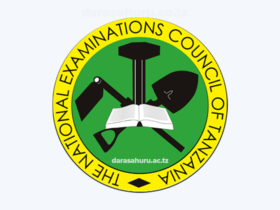
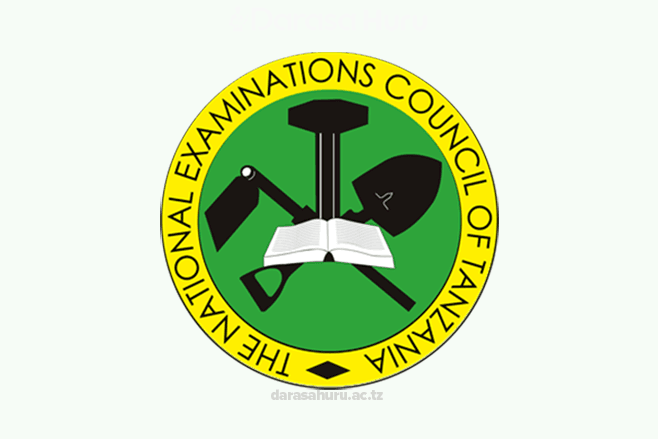

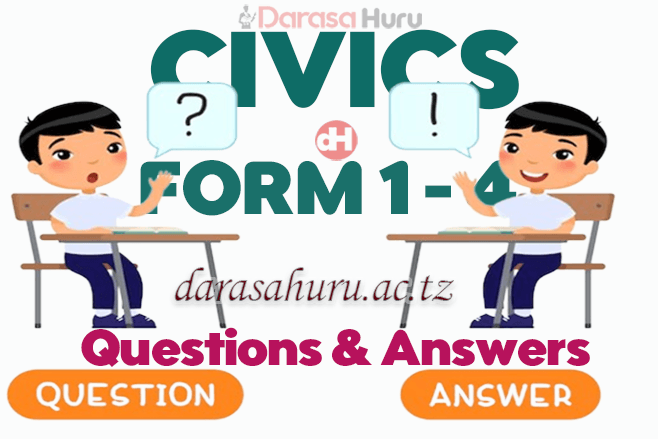


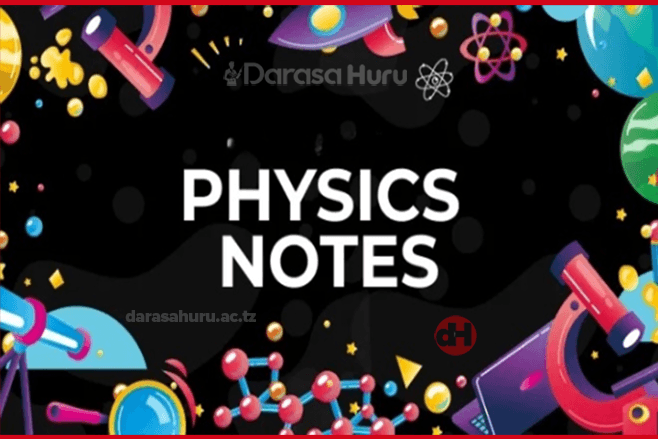
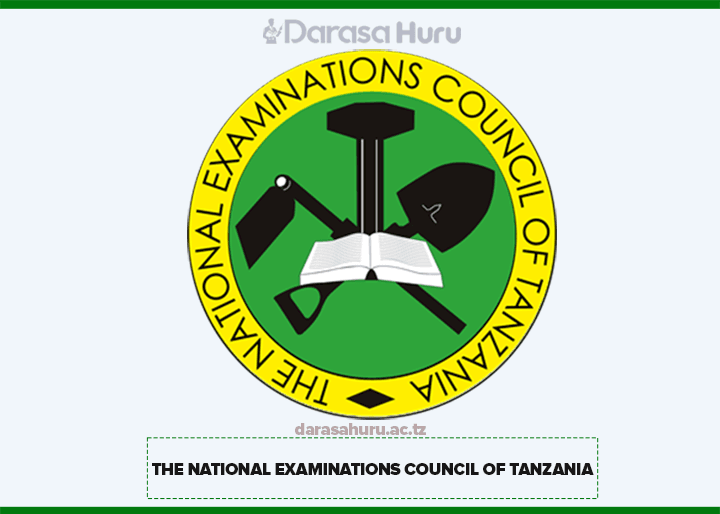



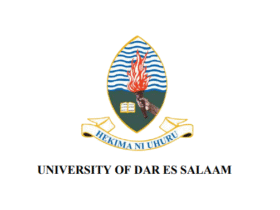
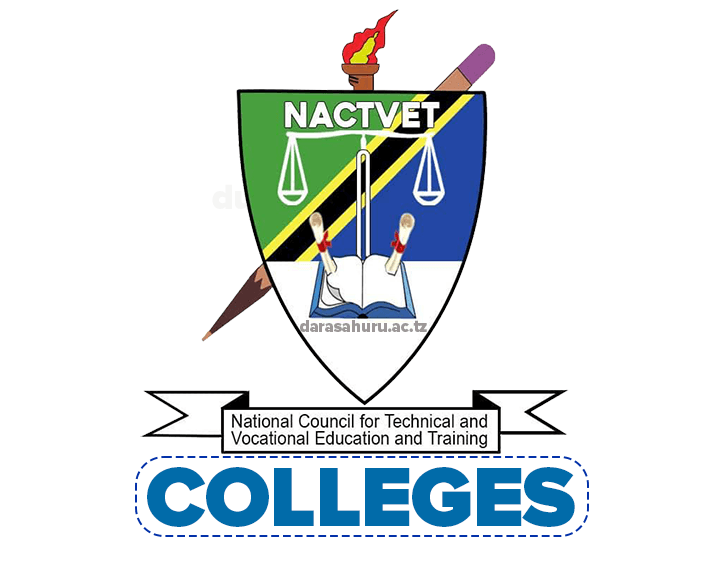

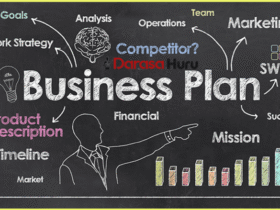















Leave a Reply